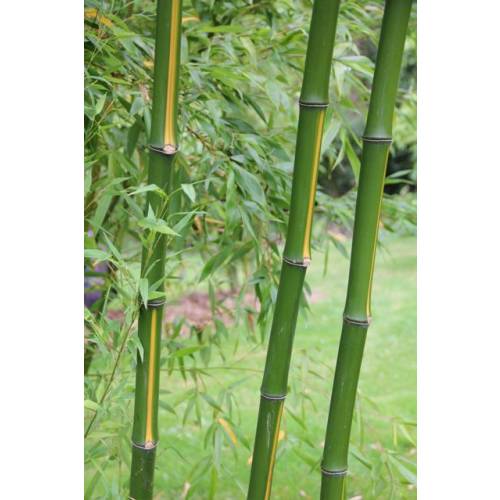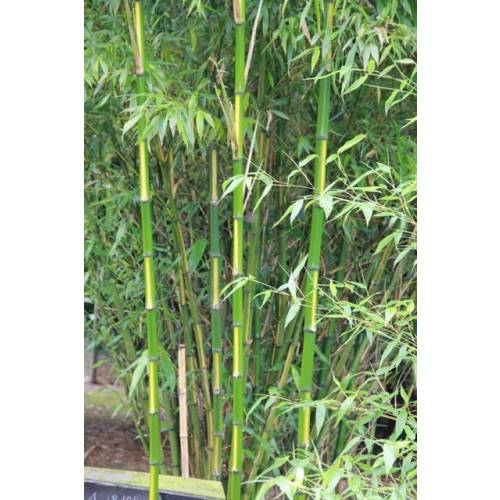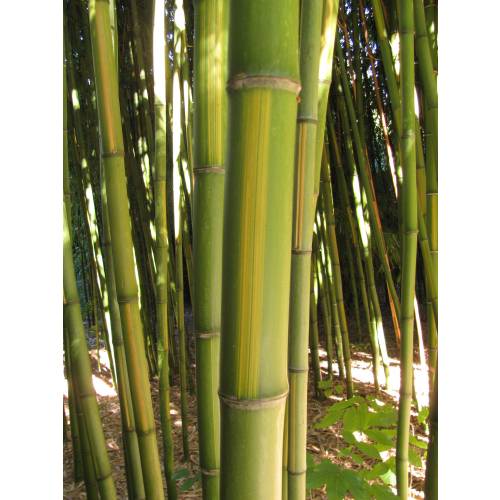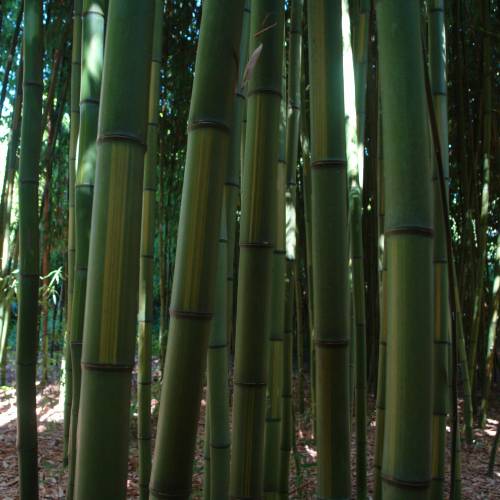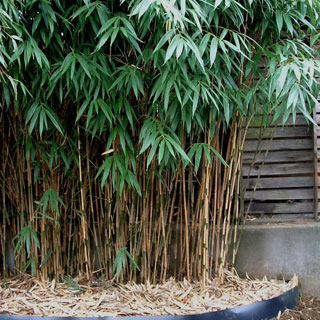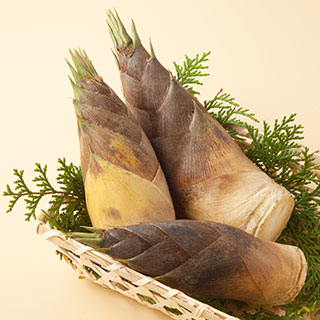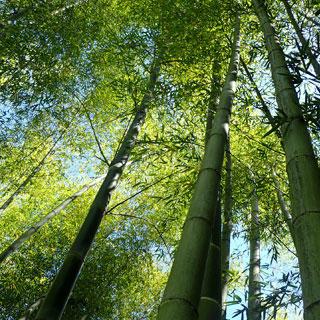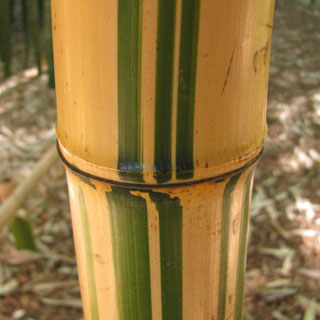
Mexican Orange, Choisya
Bamboo Phyllostachys b. C. inversa / Phyllostachys b. Castillonis Inversa
-
69.95 € Bamboo Phyllostachys bambusoïdes 'Castillonis inversa'
9297J - Available
-
63.50 € Bamboo Phyllostachys bambusoïdes 'Castillonis inversa'
9297K - Available
-
38.50 € Bamboo Phyllostachys bambusoïdes 'Castillonis inversa'
9297O - Available
-
37.95 € Bamboo Phyllostachys bambusoïdes 'Castillonis inversa'
9297P - Available
-
0.40 € FERTILISER
9297A - Available
-
Geographic Origin: Originally from southeast China (the coastal provinces of Zhejiang and Jiangsu), it remains rare in Japan.
Adult size: 9 to 12 metres in height.
Foliage: Evergreen.
Type of soil: Moist and deep. Does not like excessive chalk.
Exposure: Partial shade or sun.
Hardiness: -19°C.
Root development: Runner root system (spreading variety).
Properties and uses:
This bamboo's canes are green with large gold stripes. The leaves are green with light white stripes.
It is happy planted in clumps, in a hedge or in a copse. It is also does well in a pot.
Its yellow striped green canes are the opposite "Inverse" of the Phyllostachys bambusoides 'Castilloni', hence its name. It is this two tone colouring that gives it its charm. Introduced into France from Japan in 1980.

